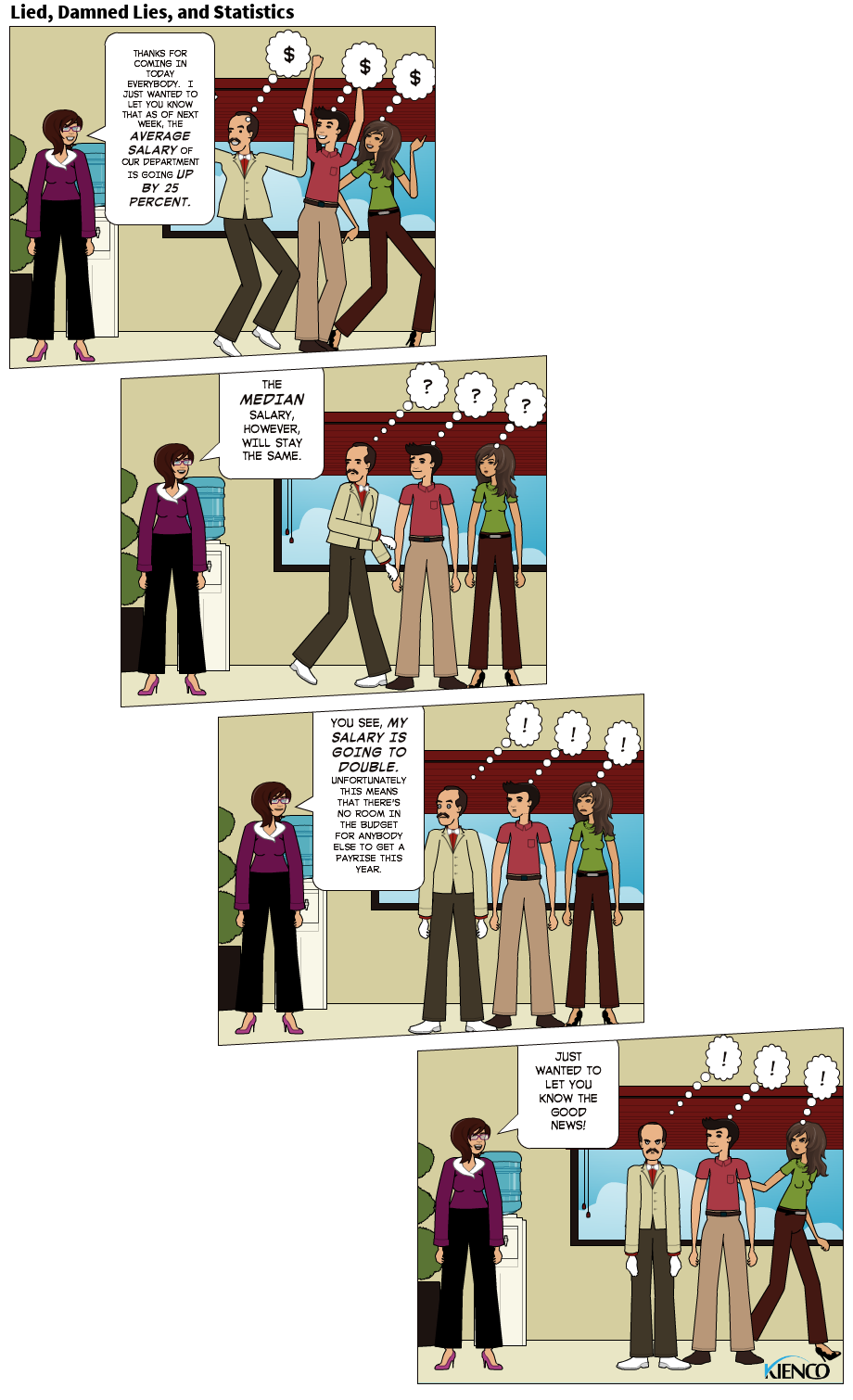It's a case of ask and you shall receive when it comes to pay rises. Well, unless you're a female in the transport industry, you're below medium wage already, or you live in West Virginia, Kansas, Indiana, Nebraska, or Arkansas.
Viewing entries in
Analytics
In order to put the "Strategic" into "Strategic Workforce Planning", you need to apply futuring techniques like environment scanning and scenario planning alongside workforce analytics.
Beechcraft 1900D Cockpit
I had the pleasure of travelling around the spectacular Bay of Plenty region in New Zealand last week, developing 2024 workforce strategy with some incredible people. The hop from Auckland to Rotorua was on a Beechcraft 1900D, and I was fortunate enough to be in 1F - the seat that gives you the best of the cockpit, which gave me pause for thought about workforce analytics dashboard design. Although I usually advocate for a "less is more" approach to analytics in dashboards, the dashboard of an aircraft is fascinating - every gauge, every dial serves a purpose and provides real-time, actionable data. Many business analytics dashboards don't exhibit these properties. A good rule of thumb when determining whether workforce analytics should be reported is to ask these three questions:
- What?: What information is this display giving us? Does it make sense, and can its purpose be clearly communicated?
- So What?: Why does this information matter - what is it's connection to organisational strategy? What's the context as to why we are reporting this?; and
- Now What?: Is the data actionable, and if so, how?
If you're unable to answer these three questions, it may be time to take your dashboard back to the drawing board.
Recently on Quora, I was asked to answer a question about why organisations base pay on benchmarked Median salaries, rather than Averages. I thought I'd repeat that answer here, with the help of a comic strip.
There are three main statistical measures of central tendency, or what is "typical" - Mean (aka Average), Median, and Mode. There are also, according to Mark Twain, three kinds of lies - "Lies, Damned Lies, and Statistics".
Let's address the three measures of central tendency first:
- The Mean is what you get when you add up all of the values, and divide the total by the number of values. This is usually referred to at the average. In the salary example, this is what you'd get if you added up everyone's salaries, and then divided it by the number of employees.
- The Median is when you rank all of the values in ascending or descending order, and pick the middle one. In the salary example, you'd pick the salary where there were an equal number of higher and lower salaries - the salary right at the middle of all salaries.
- The Mode is when you pick the most commonly occurring value. For salary, this would typically happen where you have a lot of people set pay grades, and one of those pay grades has more people on it than any other.
Any list of values that has a logical lower limit and no logical upper limit should be reported as a Median, because a high value in the list will skew the results - and the measure is subject to fluctuations that no longer represent what is typical. If the CEO gets a payrise, the mean will increase, but the median won't change. A median, therefore, is a more typical measure of what's typical in this case.
Depending on your data, different measures can tell you a different story - and sometimes these stories are misleading. That's what happens when you report Salaries, Length of Service, or any other metric where there is a logical lower limit (usually zero) and no logical upper limit. In those cases, averages are - well, pretty average. This is also why House Prices use median: it's more representative of what's "typical", and less prone to wild fluctuations than the average.
A recent profile on NPR talks about the myriad ways in which UPS drivers are monitored in a way reminiscent of Frederick Winslow Taylor's Time and Motion Studies, and the benefits that this has for the organisation. Is this Workforce Analytics as Neo-Taylorism? What are the implications, and does the future of work look like a UPS truck?
Can a statistician be the most creative person in business? Fast Company thinks so.
Really nice, simple overview of how Kaggle works.








